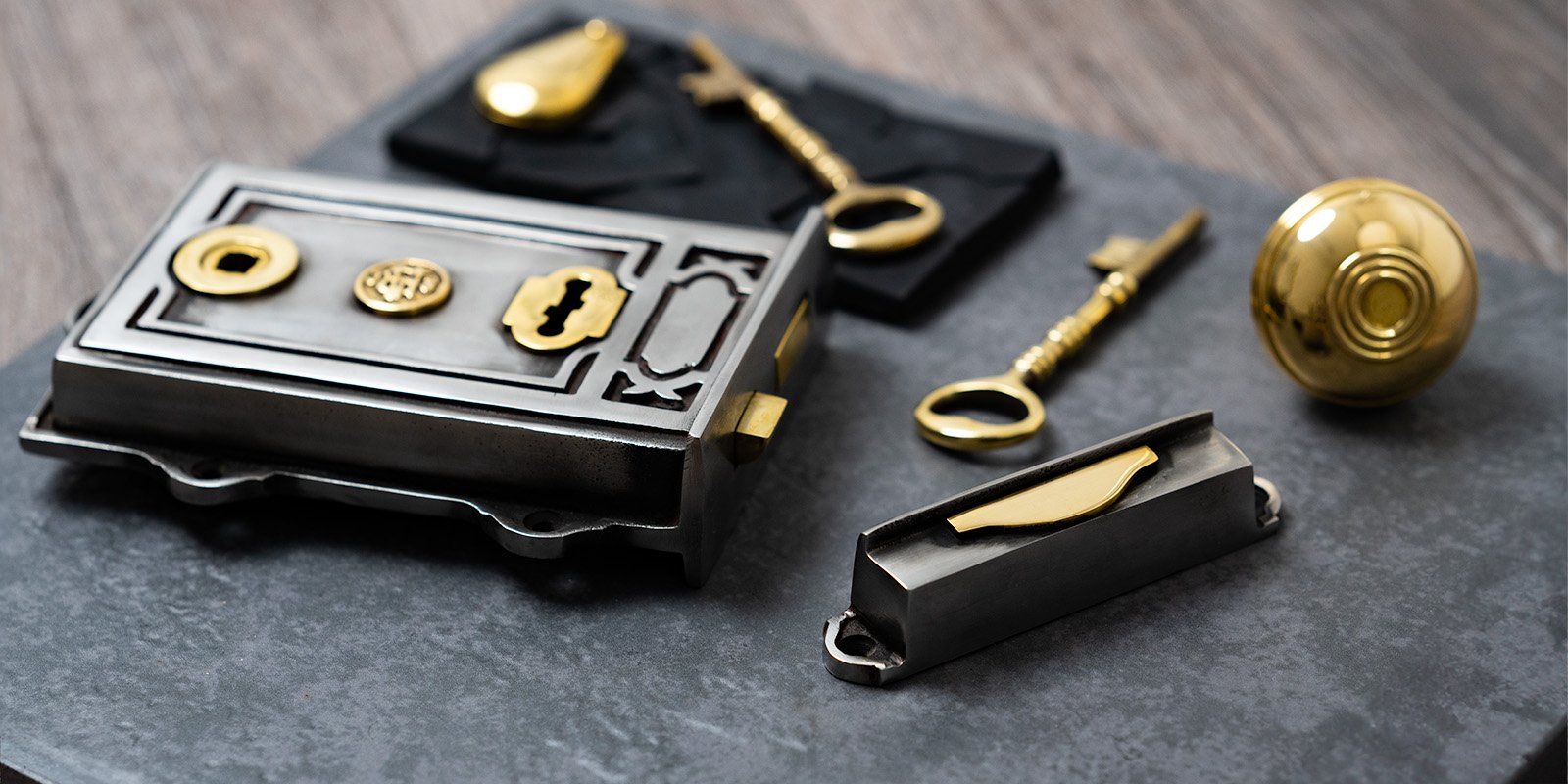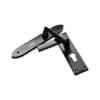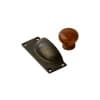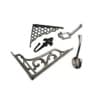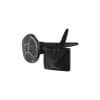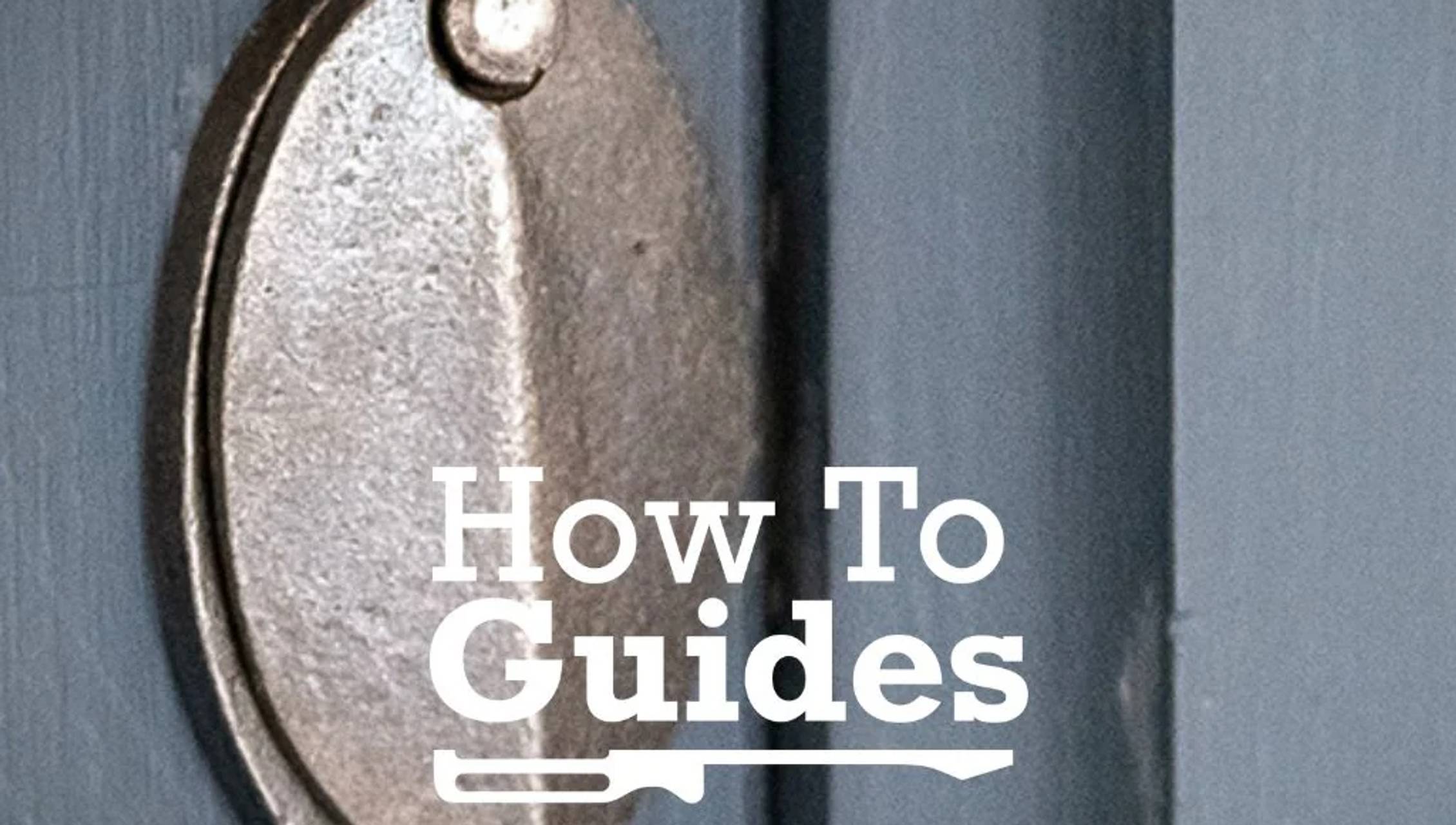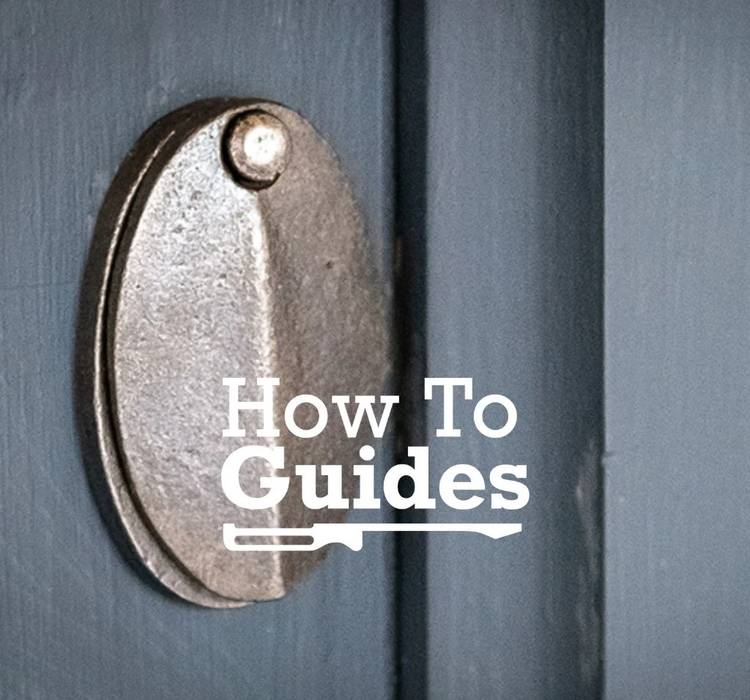Escutcheon, pronounced i-skuch-uhn, is a French word originally derived from the Latin word scutum, meaning shield. The earliest documented use of the word is from the late 15th century when it was a term for any shield-like item bearing a coat of arms. In centuries past, people used the phrase: "a blot on one's escutcheon" to refer to the stain on a person's reputation or family. It is also a term used by the nautical world for describing the inscribed name plate on a ship. But what on earth does this have to do with door furniture, you might ask?
What Is A Keyhole Escutcheon?
The hole that is drilled through a door when fitting a key and lock can look unsightly. A door escutcheon is a plate of metal, fitted over a keyhole to give a professional, designer finish. Decorative, and yet also practical, a keyhole cover protects the keyhole from general wear and tear. Examples of keyhole cover plates can be found as early as the 17th century, and have developed over the years with various designs and styles.
How To Choose A Keyhole Cover
There are two main design options: covered or open.
The rotating cover on a covered escutcheon gives the added benefit of privacy from prying eyes - perfect for bathrooms or bedrooms. Covered escutcheons also help prevent draughts.
Open escutcheons are a simple style option for rooms without privacy or draught concerns.
To give the best aesthetic designer finish, choose your escutcheon to match the door knob or door handle. Surface mounted rim locks - giving a Victorian style to your home - will require only one escutcheon to be fitted on the opposite side of the door to the mounted rim lock. Mortice locks are hidden within the door, therefore require two escutcheons, one on each side of the door.
We offer a range of traditional Escutcheons, both covered and open, to compliment our collection of Door Knobs and Black Door Handles.
Comments








